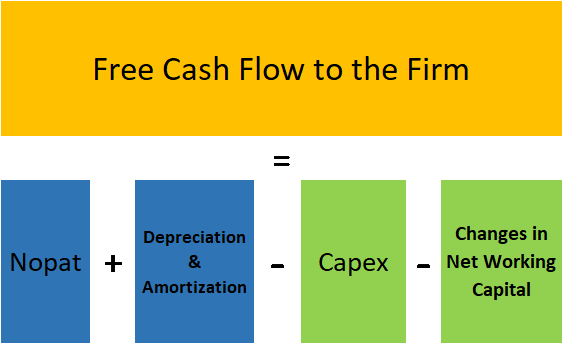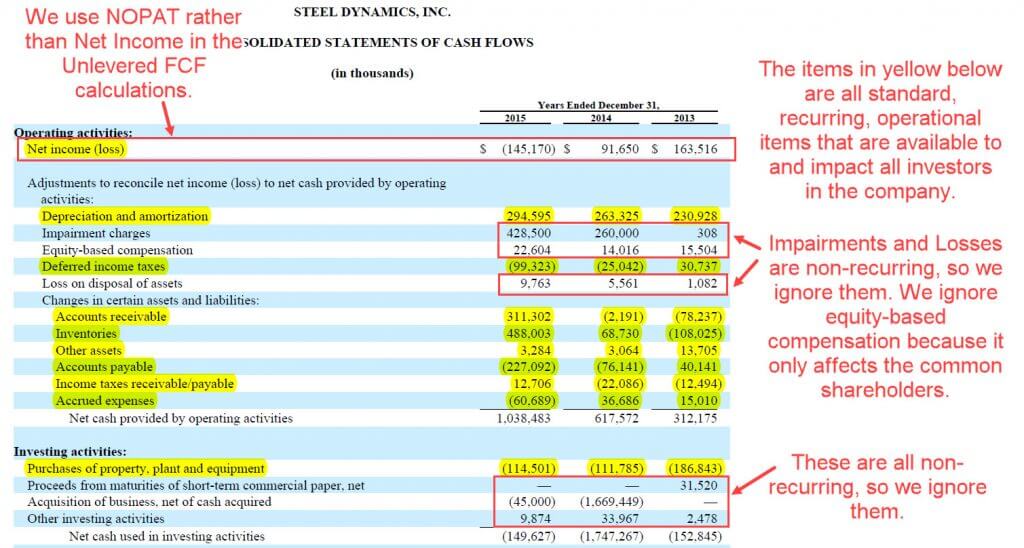

In addition to business owners and managers, lenders, investors and prospective partners may all use free cash flow as a way to evaluate a business A business with decreasing free cash flow may be on a long-term trend toward insolvency unless whatever is causing the decline is corrected. It may be more important to be able to show that free cash flow is increasing over time or at least stable than that it is at a certain level. However, free cash flows might also be low if a company is making long-term investments in big-ticket business assets that will help it do better in time. Low levels of free cash flow could indicate that a company is not adequately funding its operations using internally generated cash flow and eventually may need more cash from lenders or investors. CapEx came to $40,000 for a new vehicle and mowing equipment. Add back in depreciation charges for the current period to get CapEx.įor example, a landscaping company with annual sales of $200,000 and operating expenses of $50,000 would have operating cash flow of $150,000. Subtract from that the PP&E figure from the prior period. To figure CapEx, take the value of the company’s property, plant and equipment (PP&E) from the current year or other period. A line item for CapEx is found in a company’s cash flow statement. It may include land, buildings, equipment, machinery, vehicles and the like. CapEx consists of expenditures used to acquire assets that will be useful beyond the current tax year.

Operating expenses consist of costs such as employee wages and salaries, rent, utilities, insurance, repairs and supplies that are necessary to keep the business running.Īfter calculating operating cash flow, determine capital expenditures (CapEx). To figure operating cash flow, subtract operating expenses from total sales. The formula looks like this:įree cash flow = operating cash flow – capital expendituresĬalculating free cash flow starts with figuring operating cash flow. It can also be affected by investing more or less in long-term capital assets, changing the way a company collects from customers and pays suppliers and by selling off corporate assets.įiguring free cash flow requires subtracting capital expenditures from operating cash flow. Strong free cash flow can indicate that a company is well-run and making money off its operations. Free cash flow is defined as operating cash flow minus capital expenditures.

Businessman watching money flying through the airįree cash flow is a measure that helps business owners, investors and others assess a business’s financial performance and outlook.


 0 kommentar(er)
0 kommentar(er)
